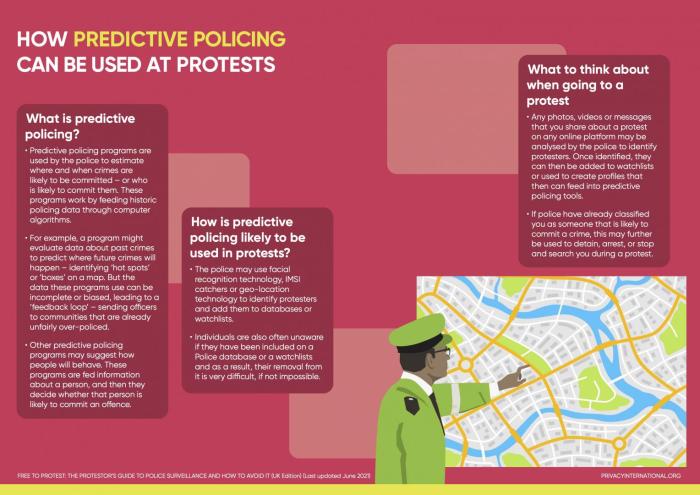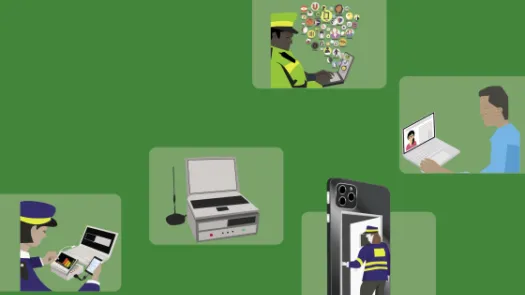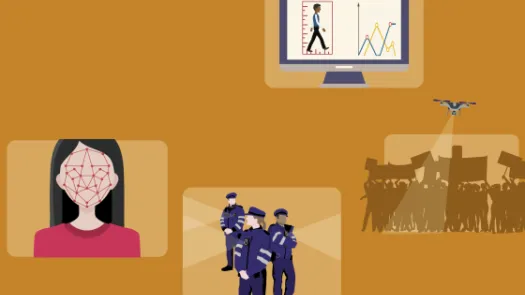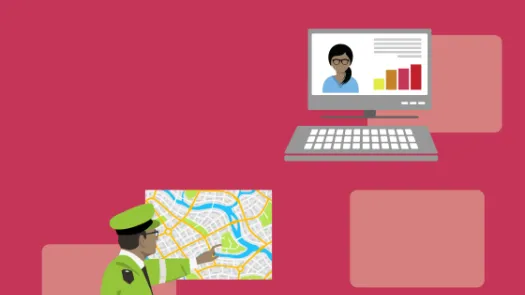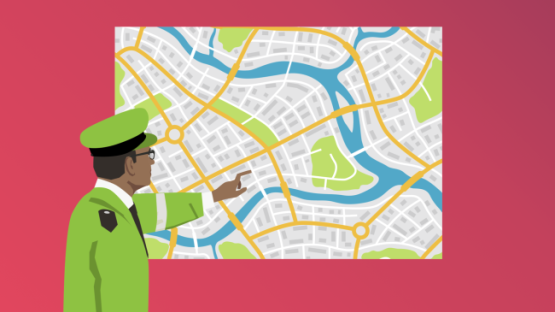
How predictive policing can be used at protests
The police may use facial recognition technology, IMSI catchers, geo-location technology and other tools to identify protesters and add them to databases or watchlists, feeding into their 'predictive policing' tools. Here's what you need to know (UK edition).
Explainer
Post date
5th May 2021
Key points
- Predictive policing programs are used by the police to estimate where and when crimes are likely to be committed – or who is likely to commit them.
- These programs work by feeding historic policing data through computer algorithms. But the data these programs use can be incomplete or biased, leading to a ‘feedback loop’ – sending officers to communities that are already unfairly over-policed.
- Individuals are often unaware if they have been included on a police database or a watchlists and as a result, their removal from it is very difficult, if not impossible.

What is predictive policing?
- Predictive policing programs are used by the police to estimate where and when crimes are likely to be committed – or who is likely to commit them. These programs work by feeding historic policing data through computer algorithms.
- For example, a program might evaluate data about past crimes to predict where future crimes will happen – identifying ‘hot spots’ or ‘boxes’ on a map. But the data these programs use can be incomplete or biased, leading to a ‘feedback loop’ – sending officers to communities that are already unfairly over-policed.
- Other predictive policing programs may suggest how people will behave. These programs are fed information about a person, and then they decide whether that person is likely to commit an offence.
How is predictive policing likely to be used in protests?
- The police may use facial recognition technology, IMSI catchers or geo-location technology to identify protesters and add them to databases or watchlists.
- Individuals are also often unaware if they have been included on a police database or a watchlists and as a result, their removal from it is very difficult, if not impossible.
What to think about when going to a protest
- Any photos, videos or messages that you share about a protest on any online platform may be analysed by the police to identify protesters. Once identified, they can then be added to watchlists or used to create profiles that then can feed into predictive policing tools.
- If police have already classified you as someone that is likely to commit a crime, this may further be used to detain, arrest, or stop and search you during a protest.
You can download this guide as a jpeg by saving the image below, or by downloading the pdf version in 'Attachments'.
Our campaign
Our fight
Target Profile
